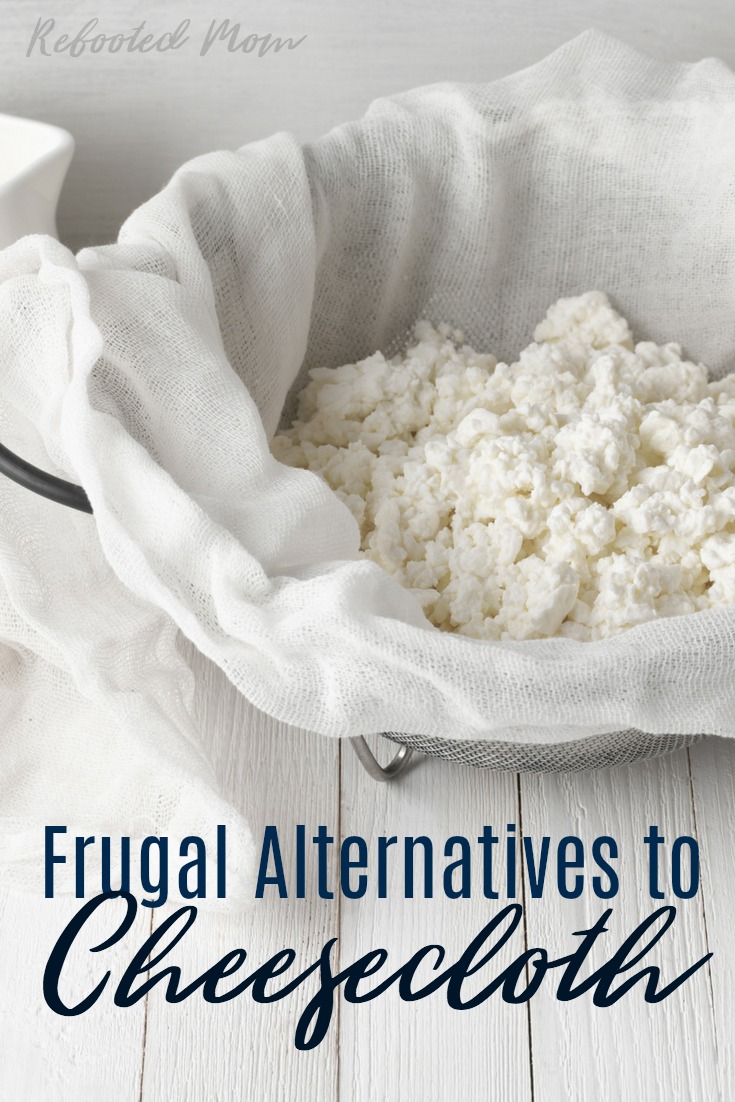
Just a few years ago, I would have never realized exactly what cheesecloth ways — or, have it anywhere in my house.
Now, it’s completely different – my kitchen has become a zone for real food recipes, and cheesecloth is one thing I find to be almost essential on a weekly basis. That doesn’t mean I always have it on hand; more times than not, I am knee deep in a project that requires it and I’m in a pickle for a substitution.
The primary use of cheesecloth is in some styles of cheesemaking, where it is used to remove whey from cheese curds, and to help hold the curds together as the cheese is formed… but it also works double duty – you can use it to strain broth, jelly, yogurt, or even kefir.
In our house it is used for straining yogurt more than anything ~ a mesh strainer is a bit too big, and although we once had nut milk bags that we used to hang from the cabinet, our kids got a hold of them and found them to be more fun than actual toys in their toy box (isn’t that always how it works?)
If at any point in time, you go into your local big box retailer or even small hardware store and ask for cheesecloth, more times than not they will not even know what to say… In those cases, you send your spouse to get you a handful, he may come back and tell you that he (or, the store associate) finally found them in the camping department, plumbing department, or even painting aisles.
(Shocker, right? Who would have known??)
The cheesecloth sold in the camping, plumbing or even paint department is not quite the cheesecloth you want to pick up — you’ll probably find yourself layering several down on top of each other because the holes are too big.
Don’t even try going to your local Dollar Tree or 99 Only store to find cheesecloth — we’ve done that. It’s such a headache, and even more when you drag five kids in with you each time. Perhaps it’s different in various areas of the U.S., but here in mine, they don’t carry cheesecloth.
So what do you do if you don’t have cheesecloth but you so desperately need it for a real-food project at home?
You use an alternative.
And there are many. So many you will, or may, never go back to cheesecloth.
My favorite thing to pull out is an old pillowcase that so desperately needs a new life – you can also use the cheap, Gerber cloth diapers (not used, of course!) – but the diapers that you may have gotten as a new baby gift that are in a multipack from your local big-box retailer.
They are incredibly inexpensive (just over a dozen for around $12). Unlike using a cheap paper towel, they won’t leave you with bits in your strained yogurt or cheese, and they certainly aren’t super thick. They are the perfect weight/medium to pass the whey through and keep the solids together.
If you are near an IKEA, they have flour sack towels in the marketplace that work incredibly well as a cheesecloth substitute as well – at $.79 each, they wash up wonderfully and have a cloth loop that you can use to “hook” on a cabinet knob if needed. (warning though – they are not organic cotton!)
No matter what you opt to use, label them so you can differentiate between kitchen use and you know… other uses (really though — we’re talking about new diapers solely dedicated to kitchen-creations).
In no way are we telling you to use them interchangeably. That would be disgusting. Never. Never ever.
There are many other things you can use too:
- Thick paper towels
- Unbleached coffee filters (layered)
- A clean linen towel (flour sack towels)
- A clean pillowcase
- Unbleached muslin fabric
- Cotton handkerchief
- New Gerber baby cloth diapers (used only for kitchen creations)
- Sheer curtains
- Nut milk bags (can be washed and reused)
- A mesh strainer lined with unbleached coffee filters
Do you use cheesecloth as much as we do in your kitchen? If you do, do you find yourself using an alternative? Or driving out of the way to get the real deal? Have you ever considered using an alternative?
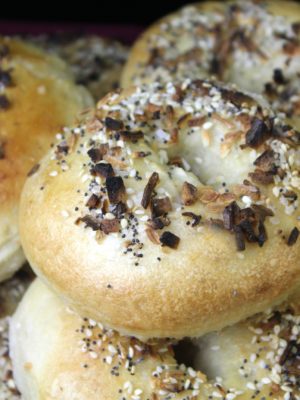

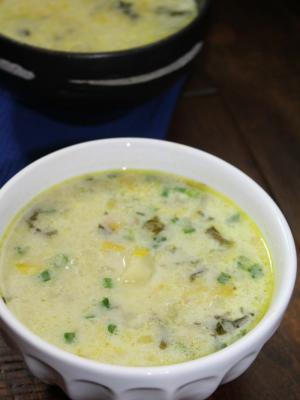
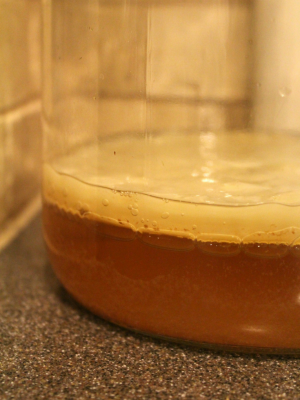
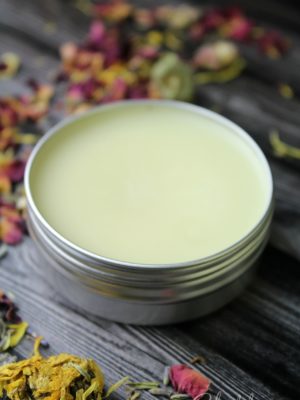
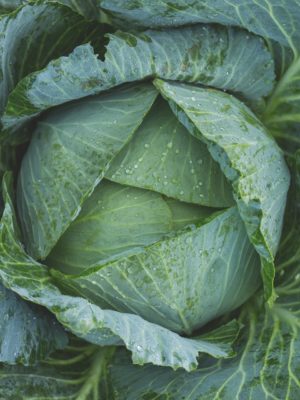

I tried to subscribe to your newsletter and it didn’t work.
Maybe this way will be ok.